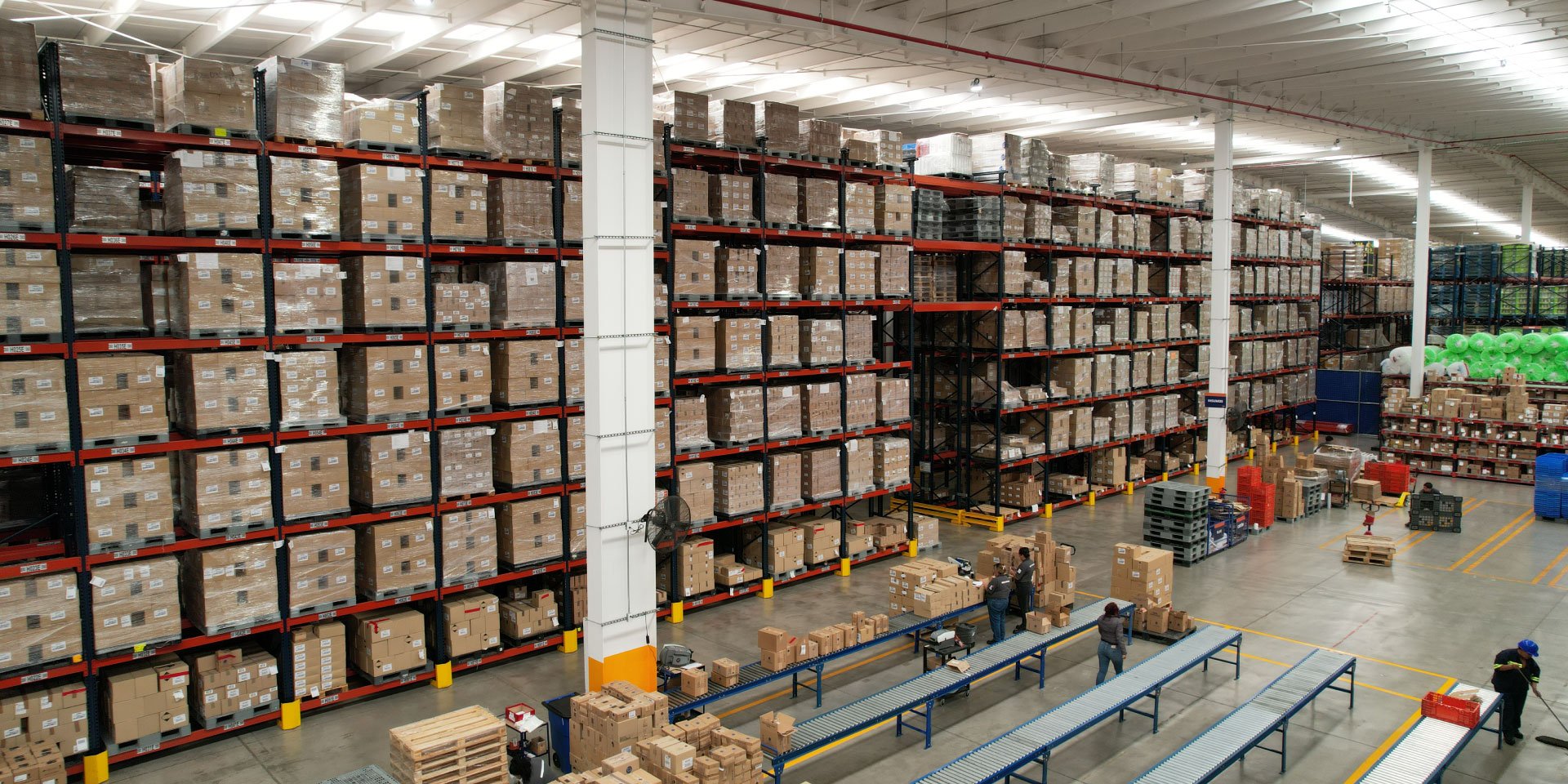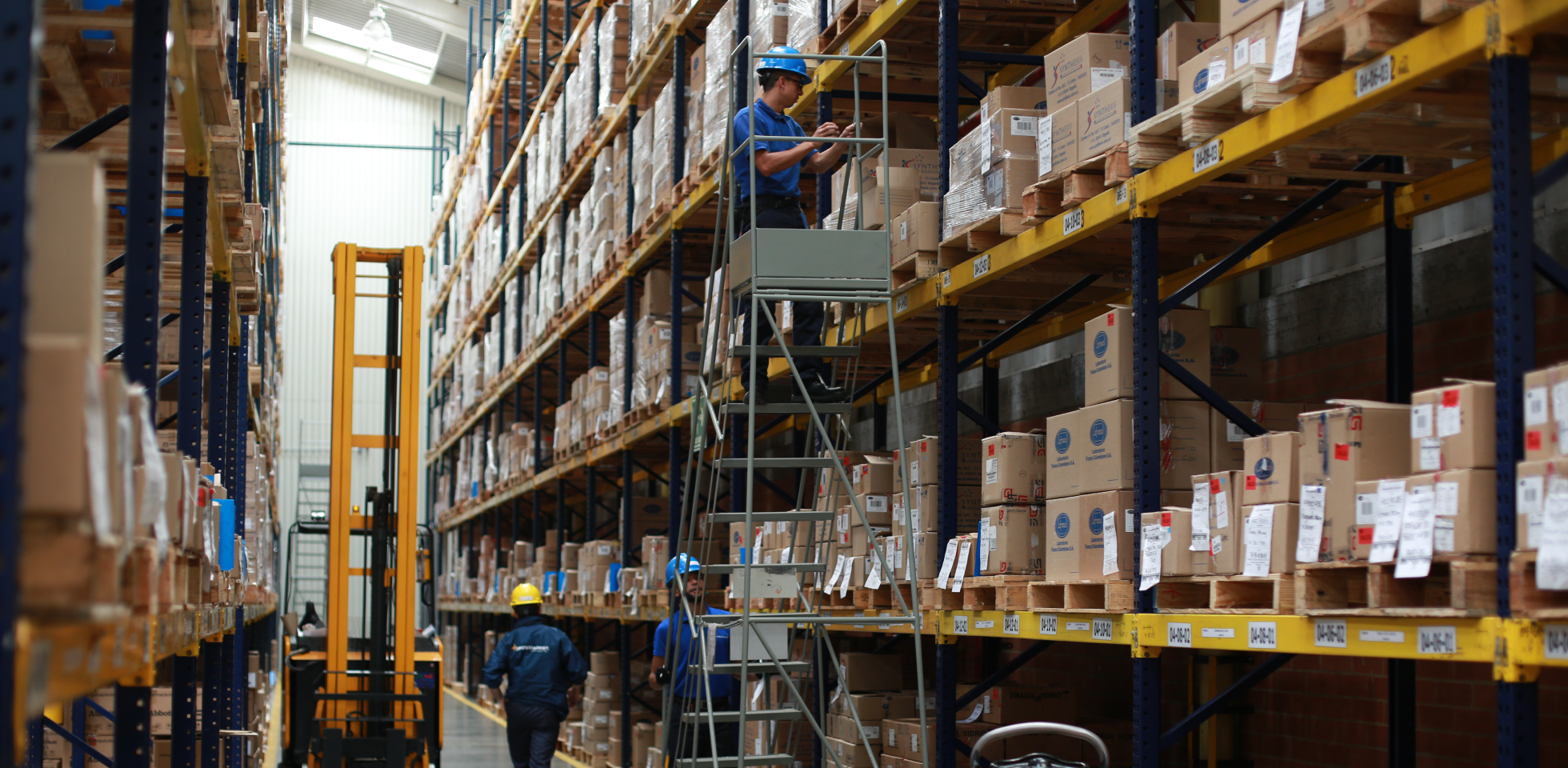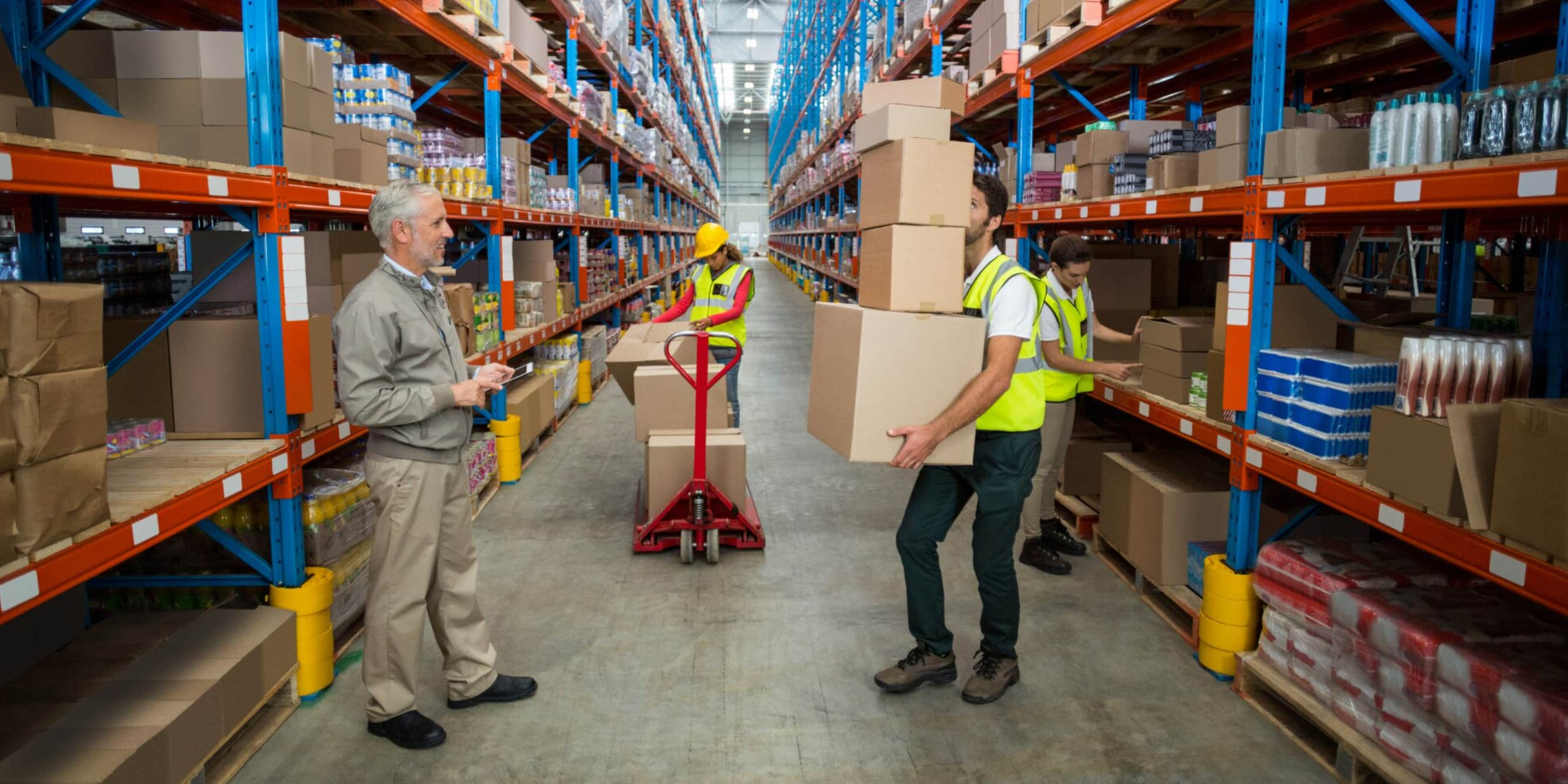In today’s business world, warehouse management plays a crucial role in both the costs of the supply chain and customer satisfaction. To achieve sustainable profitability and competitiveness, it is essential to understand the importance of efficient warehouse handling. In this article, we will explore what warehouse management consists of, the benefits it provides and how to implement strategies to improve productivity and efficiency in this area.
The Evolution of Warehouses: More than a Storage Space
In the past, warehouses were considered only as spaces to store goods. However, in recent times they have evolved and become logistics centers that offer additional value-added services. From order assembly, packing, maquila and product reconditioning, to cross docking and reverse logistics, warehouses perform various activities that benefit both logistics companies and end customers. This diversification of services has also given rise to greater complexity in the management of goods, the use of space and the allocation of tasks among staff.
The Importance of a Warehouse Management System (WMS)
To achieve an optimization of operations that translates into cost reduction, increased productivity and a better customer experience, it is essential to have a warehouse management system (WMS). This system, which is part of the solution, allows designing and executing a series of processes to optimize the storage of goods.
What is Warehouse Management?
Warehouse management consists of designing and executing a series of processes that aim to optimize the storage of goods. By implementing efficient warehouse management, various benefits can be obtained, including:
- Speed up the flow of goods through the warehouse: By properly planning workflows and reducing unnecessary movements, processes can be accelerated and waiting times minimized.
- Ensure correct identification of products: A warehouse management system allows keeping an accurate record of products, which facilitates their location and avoids errors in selection and collection.
- Maximize the use of available space: A smart design of the warehouse and the implementation of technological solutions allow making the most of the vertical and horizontal space available, optimizing storage capacity.
- Minimize handling of goods: By properly planning processes, unnecessary movements and excessive handling of goods can be reduced, which decreases the risk of damage and improves efficiency.
- Keep accurate inventories: A warehouse management system allows keeping a rigorous control of inventories, facilitating the identification of product location and ensuring accurate stock management.
- Ensure timely and accurate deliveries: Efficient warehouse management allows streamlining order preparation and dispatch processes, which contributes to meeting delivery deadlines and providing reliable service to customers.
- Increase staff productivity: By implementing a warehouse management system, tasks and workflows can be optimized, resulting in higher productivity and efficiency of staff in charge of operations in the warehouse.
- Reduce operating costs: Efficient warehouse management allows minimizing unproductive times, optimizing resource use and avoiding losses due to spoilage or damage to goods. All this translates into a reduction in operating costs and an improvement in profitability for the company.
Key Processes in Warehouse Management
The processes in warehouse management can be classified into five main activities:
- Reception: In this stage, identification data of the goods are accurately recorded, unloading is carried out and verification is done that it corresponds with shipping documentation. It is crucial to have efficient procedures to speed up this phase and avoid errors in receiving goods.
- Storage: Once the goods have been identified, an appropriate space is assigned within the warehouse according to their volume, weight and rotation. It is essential to use efficient storage techniques, such as using suitable shelves, applying clear labeling systems and strategic organization of products.
- Inventory control: This stage involves keeping an accurate record of products, their location and movements they are subject to. It is important to have a reliable inventory system that allows knowing at all times product availability and facilitating its management.
- Order preparation: It includes selecting and collecting products within the warehouse to form orders for deliveries. Efficient management at this stage involves designing optimal collection routes, using support technology such as mobile devices or voice picking, and ensuring accuracy in order preparation.
- Shipping: It is the final process in which necessary documentation is generated to accompany shipments, physical verification is done that shipping reports match merchandise and loading is done on corresponding transport unit. Efficiency at this stage is key to ensuring timely and accurate deliveries.
Implementing an Efficient Warehouse Management System
To ensure efficient warehouse management, it is important to consider following aspects when implementing a management system (WMS):
- Integration with ERP: Looking for a warehouse management solution that integrates seamlessly with existing ERP system of company is essential. This will allow easily sharing information between both systems and facilitate decision making based on accurate and updated data.
- Registration of identification codes: It is essential that warehouse management system can register and recognize common identification codes such as barcodes and RFID tags. This will speed up processes of entry, transfer, collection and exit of goods, improving efficiency and minimizing errors.
- Evaluation and optimization of processes: Before implementing new management system, it is advisable to carry out a comprehensive evaluation of existing processes in warehouse. Identifying and eliminating unnecessary movements and tasks will allow starting from agile and optimized processes at time of implementing system.
- Visibility and traceability of goods: Warehouse management systems must provide complete visibility and accurate traceability of goods. This implies being able to track and locate products at all times, from their origin to their final destination, using identification technologies such as barcodes and RFID tags.
Improving Warehouse Productivity
To increase warehouse productivity and maximize its efficiency, following principles can be applied:
- Use of available space: Using all available space effectively is essential. In addition to using vertical space efficiently, solutions such as double-deep selective racks can be used to optimize storage capacity.
- Organization and strategic placement of products: Paying attention to shelf placement, replenishment and location tasks will facilitate location and collection of products, avoiding stockouts and inventory excesses. Designing workflows that minimize congestion within warehouse will contribute to a smooth and efficient operation.
- Process automation: Automating procedures and robotizing transfer and placement of goods saves time and eliminates errors. Implementing technologies such as automated transport systems, picking robots and automatic sorting systems will speed up operations and improve warehouse productivity.
- Staff involvement: Listening to proposals from staff working in warehouse is essential to identify improvement opportunities. Staff working in warehouse have direct knowledge of processes and can better recognize problems and provide solutions. Encouraging staff participation, providing them with spaces to share ideas and suggestions, will not only make them feel valued, but also generate significant improvements in operations.
- Evaluation and continuous improvement: It is important to carry out constant evaluations of warehouse operations and be open to change. Implementing a continuous improvement system will allow identifying areas of opportunity and applying improvements continuously, ensuring that warehouse is always optimized and in line with changing needs of business and customers.
Designing an Efficient Warehouse
Warehouse layout design plays a crucial role in efficiency of operations. Some solutions that can help design a more efficient warehouse are:
- Double-deep selective racks: These racks allow storing two pallets deep, reducing shelf front dedicated to each type of merchandise. With this configuration, aisles between shelves can be reduced and maximum use of warehouse surface can be made.
- Mezzanines: These platforms are placed at different heights and positions to take advantage of vertical space in the warehouse. They can be used for additional storage or as office spaces, freeing up space on main floor of warehouse.
- Drive In storage systems: These systems are ideal when storing large quantities of same product. They consist of continuous racks, without aisles separating them, where forklift lifts load to corresponding level and moves to back of rack to deposit it on guide rails. This maximizes storage capacity and facilitates access to goods.
In addition to these design solutions, it is important to consider implementing technologies that allow accurate recording and control of inventories, such as radio frequency identification (RFID) systems and warehouse management software (WMS). These tools provide greater visibility and traceability of goods, improving efficiency and accuracy in operations.
Solistica’s proposal
Solistica, with more than 442 thousand square meters of warehouses in different locations in Mexico, Brazil and Colombia, offers storage solutions and value-added services aligned with standards and KPIs of its customers.
In addition to providing various storage options, such as dedicated or multi-client warehouses, dry or multi-temperature facilities, Solistica offers additional services that add value to supply chain. These services include maquila, labeling, packing, order assembly, validation, reverse logistics, product reconditioning and palletizing.
Efficient management of a warehouse is essential to maintain competitiveness of a company today. It is not only about managing goods correctly, but also adding value through additional services, reducing costs and ensuring an efficient supply chain. Implementing a warehouse management system, such as a WMS, is essential to achieve an optimization of operations and obtain positive results.
Warehouse management is an integral part of supply chain logistics that has a significant impact on costs and customer satisfaction. Through processes such as receiving, storage, inventory control, order preparation, and shipping, the goal is to streamline the flow of goods, maximize available space, minimize handling, and ensure accurate and timely deliveries. Implementing a warehouse management system allows for the automation of tasks, improved efficiency, and positive results in terms of cost reduction, increased productivity, and a better customer experience.
To achieve efficient warehouse management, it is important to apply principles such as optimal space utilization, efficient workflow design, process automation, staff involvement, and continuous improvement. In addition, proper warehouse design, using solutions such as double-deep selective racks, mezzanines, and Drive In storage systems can help maximize capacity and efficiency of available space.
Solistica presents itself as a reliable option that offers storage solutions and value-added services, providing a wide range of services that adapt to customer needs and contribute to efficient warehouse management.






